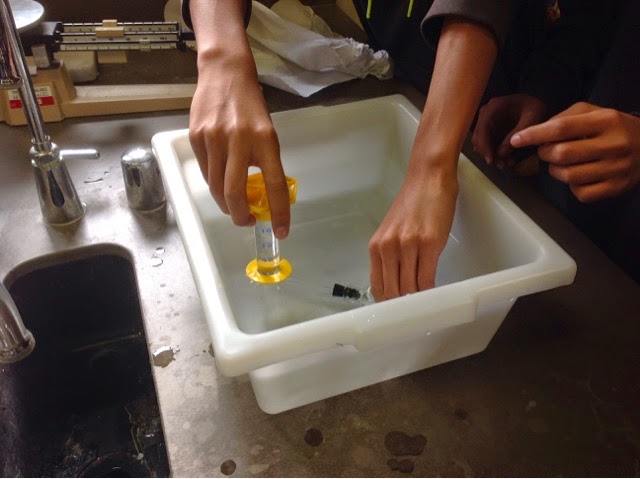Producer:
Rose
Rusa
This is a rose in front of Liccardo. Receives a lot of sunlight.
Primary consumer:
Snail
Cornu Aspersum
These little pests eat leaves but we don't have any snail poison...
Secondary consumer:
Pigeon:
Columba livia
Tertiary consumers:
House cat
Felis Catus
These furry cute things love to chase around birds and this one apparently likes to sleep on cars.
Decomposed:
Earthworm
Lumbricus Terrestris
These little things were hard to find, even in the rain. Do our lawns use some heavy pesticides?
Herbivore
Omnivore:
Vince/ human
Vincius humanoidus/ Homo sapiens
This guy is a good friend of mine and he is a omnivore. Humans are naturally omnivores and Bellarmine students are all over the entire campus.
Carnivores:
Crow
Corvus Brachyrhynchos
These are scavengers and they eat meat that's rotten. Pretty bad habit but only way they can survive.
Threatened species
Horsetail
Equisetum
These are planted near sobrato. Many people fall on them, causing damage.
Endangered species
Ginkgo
Ginkgo Biloba
Near Mr. Wong's classroom. Very tall, these produce a foul when paired.
Invasive/non native species
Blue eyes fuchsia
Fuchsia magnallenica
These are found near the statue of Mary. Very pretty, it is only found in Texas, Washington, a ca state park.
Free response questions:
1. Ecology is the science of physical, chemical, and biological interrelations within the environment. For example, in our Bellarmine campus, it would be the relationship of the organisms that affect each other greatly and determine the transfer of energy. It would have the producer, primary consumer, secondary consumer, tertiary consumer, and decomposers. Environmental science deals more with how we humans interact with the local environment. We do participate in the food chain of the Bellarmine campus, however, we impact the environment of the Bellarmine campus greatly. For example, the cars that we drive add to the pollution, we plant flowers that are primary consumers, however, we don’t eat them. We keep cats and dogs, tertiary consumers, as pets which could affect the ecology of the campus. Therefore, the relations of humans and ecology is considered environmental science.
2. Let’s take the community of the trees in Bellarmine. On those trees, there takes place a massive number of interactions between species.The tree itself is a producer, as it requires the abiotic factors of water, sunlight, soil, temperature, and oxygen. On the tree, or within the tree, there resides a huge number of bugs, primary consumers. These bugs are consumed by birds, secondary consumers, and, although I’ve never seen a cat on that tree, there might be a cat that eat birds. There are also squirrels who live on the trees for shelter and food.Decomposers are found at the bottom of trees, and nitrogen fixing bacteria live on the root of the tree, as they produce nitrogen while the tree supplies them with nutrients from photosynthesis.
3. Here is a food chain of the organisms I that have found on campus:
It goes from the producer(rose/rosa) to the primary consumer(garden snail/cornu aspersum) to the secondary consumer(crow/corvus brachyrhynchos) to the tertiary consumer(domestic cat/felis catus). The dead organisms will be decomposed by the decomposer(earthworm/lumbricus terrestris) and the nutrients will go back to the producer. In a food web, there are many organisms of the same level. In an ecological pyramid, the energy gets less and less as it moves up in the food chain:
4. Endangered species: Ginkgo Biloba. This species is the only specie of living ginkgoes. It is only found in China, but are cultivated across the world. Ginkgo soup is very delicious, as one group in our class brought in some for their Phylum Presentation. Usually, ginkgo males and females are not planted in the same place because of the strong odor when they are together. Threatened species: horsetail. Horsetail is a species of Equisetum, which is the olnly living genus of the class. Therefore, horsetail is a threatened species. Non-native species: blue eyes fuchsia. Grows in Seattle, Houston, Salt Lake City, and Amesti.
5. Pollution is the contamination of the biological ecosystem that can damage the environment. In our campus, there are many cars, which introduce pollutants into our ecosystem by burning up fuel and letting it out through the exhaust. The train also contaminates our campus.Litter is also a source of pollution, however, it is usually cleaned up because we are very careful and also because of people who have afternoon JUGs which clean up.




























